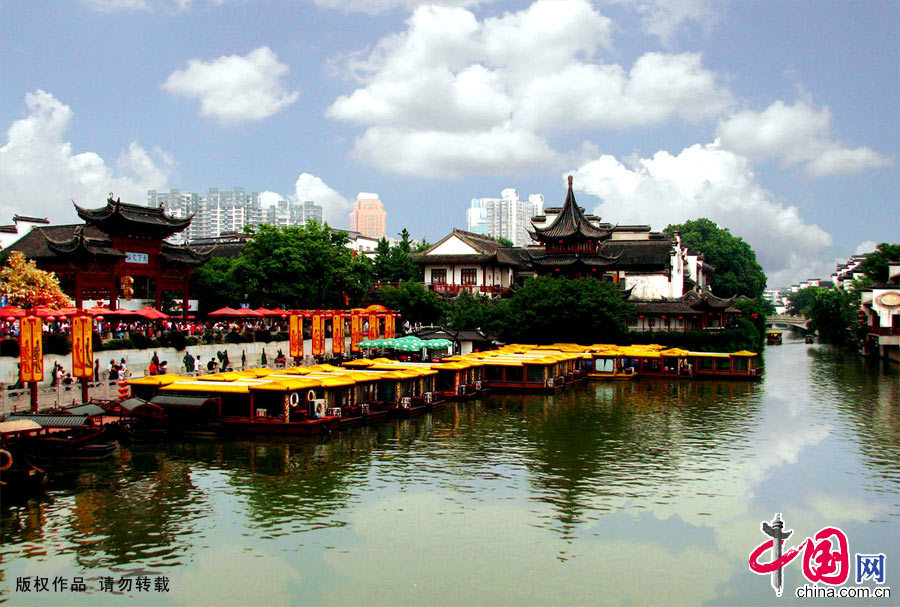 Constructed in 1034 during the Song Dynasty (960-1279), the Confucius Temple, known as Fuzimiao in Chinese, is a place to worship and consecrate Confucius, the great philosopher and educator of ancient China. Burnt down and rebuilt several times, the current structure dates from after World War Two. Its traditional sweeping eaves give the architecture a Ming and Qing flavor. Fuzi Miao is perhaps at its best around the time of the Lantern Festival (fifteen days after the Lunar New Year), when a special exhibit of multi-sized and multi-colored lanterns themed around the twelve animals of the lunar cycle lend a festive air to the temple.
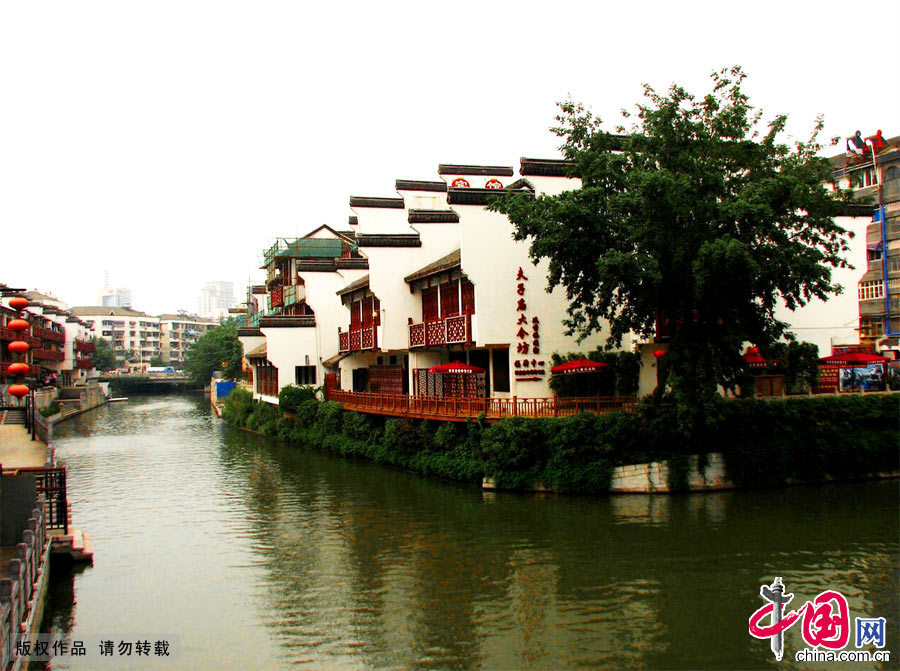 Constructed in 1034 during the Song Dynasty (960-1279), the Confucius Temple, known as Fuzimiao in Chinese, is a place to worship and consecrate Confucius, the great philosopher and educator of ancient China. Burnt down and rebuilt several times, the current structure dates from after World War Two. Its traditional sweeping eaves give the architecture a Ming and Qing flavor. Fuzi Miao is perhaps at its best around the time of the Lantern Festival (fifteen days after the Lunar New Year), when a special exhibit of multi-sized and multi-colored lanterns themed around the twelve animals of the lunar cycle lend a festive air to the temple.
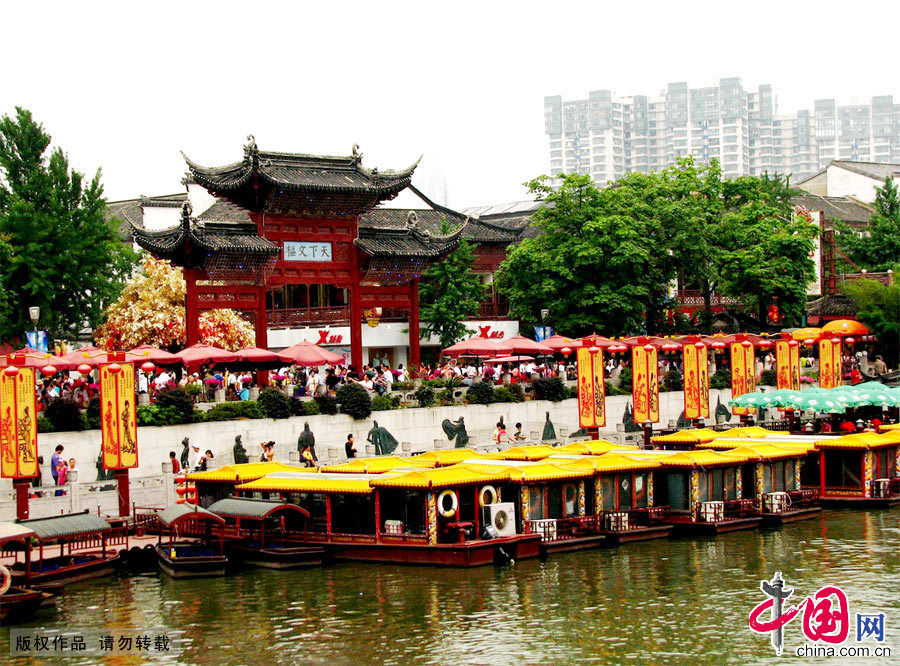 Constructed in 1034 during the Song Dynasty (960-1279), the Confucius Temple, known as Fuzimiao in Chinese, is a place to worship and consecrate Confucius, the great philosopher and educator of ancient China. Burnt down and rebuilt several times, the current structure dates from after World War Two. Its traditional sweeping eaves give the architecture a Ming and Qing flavor. Fuzi Miao is perhaps at its best around the time of the Lantern Festival (fifteen days after the Lunar New Year), when a special exhibit of multi-sized and multi-colored lanterns themed around the twelve animals of the lunar cycle lend a festive air to the temple.
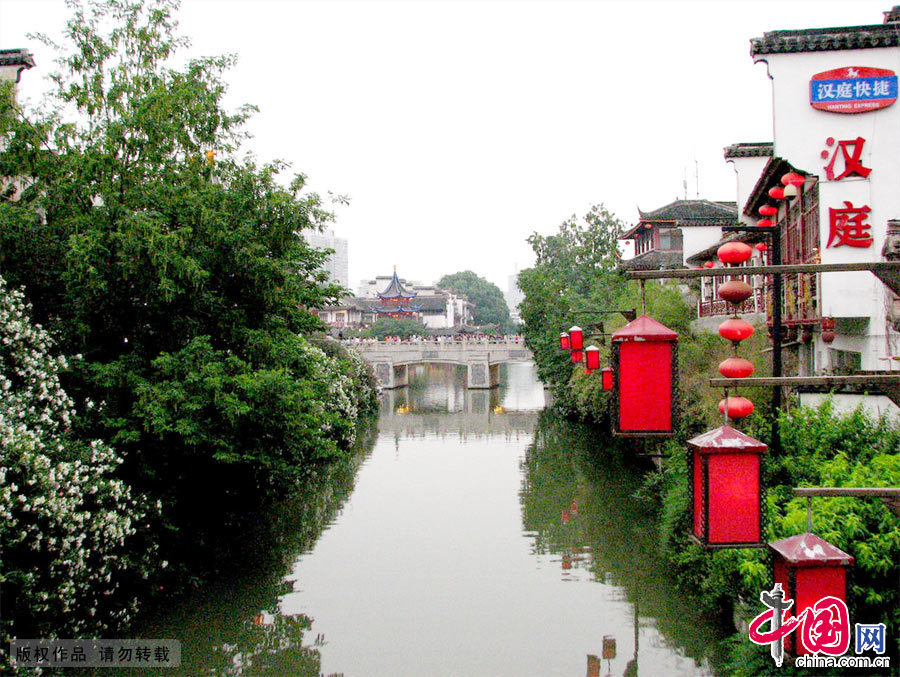 Constructed in 1034 during the Song Dynasty (960-1279), the Confucius Temple, known as Fuzimiao in Chinese, is a place to worship and consecrate Confucius, the great philosopher and educator of ancient China. Burnt down and rebuilt several times, the current structure dates from after World War Two. Its traditional sweeping eaves give the architecture a Ming and Qing flavor. Fuzi Miao is perhaps at its best around the time of the Lantern Festival (fifteen days after the Lunar New Year), when a special exhibit of multi-sized and multi-colored lanterns themed around the twelve animals of the lunar cycle lend a festive air to the temple.
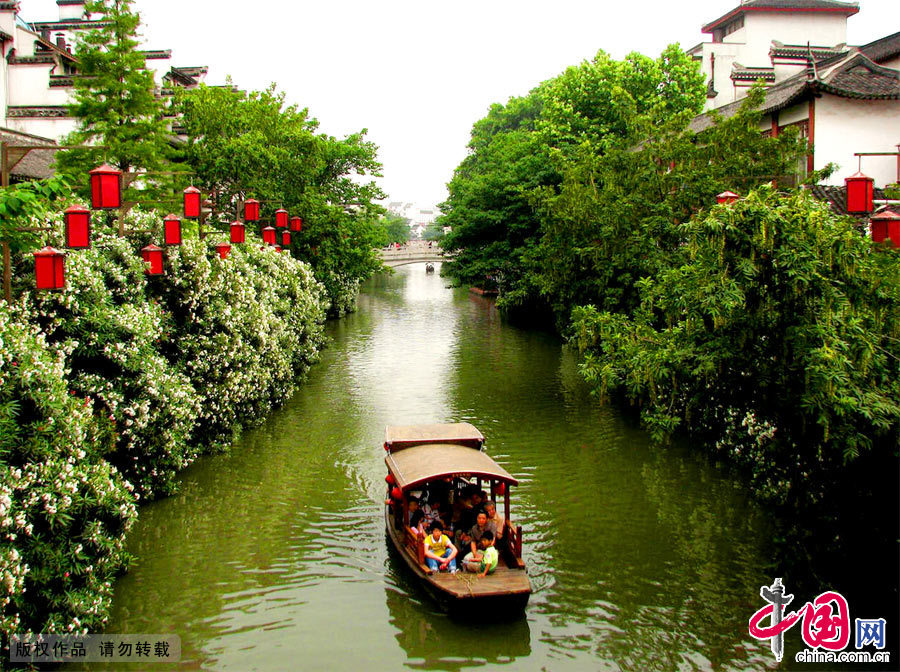 Constructed in 1034 during the Song Dynasty (960-1279), the Confucius Temple, known as Fuzimiao in Chinese, is a place to worship and consecrate Confucius, the great philosopher and educator of ancient China. Burnt down and rebuilt several times, the current structure dates from after World War Two. Its traditional sweeping eaves give the architecture a Ming and Qing flavor. Fuzi Miao is perhaps at its best around the time of the Lantern Festival (fifteen days after the Lunar New Year), when a special exhibit of multi-sized and multi-colored lanterns themed around the twelve animals of the lunar cycle lend a festive air to the temple.
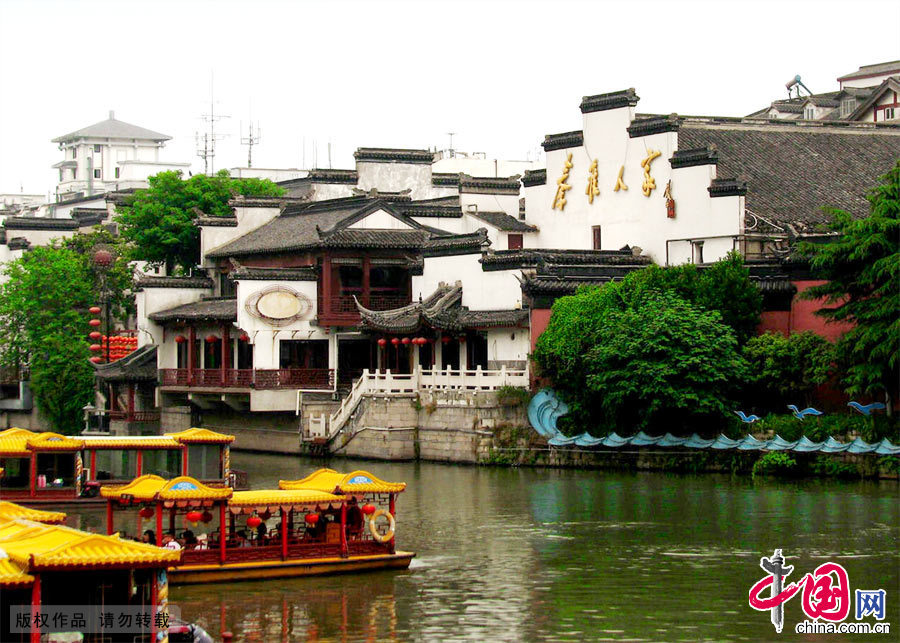 Constructed in 1034 during the Song Dynasty (960-1279), the Confucius Temple, known as Fuzimiao in Chinese, is a place to worship and consecrate Confucius, the great philosopher and educator of ancient China. Burnt down and rebuilt several times, the current structure dates from after World War Two. Its traditional sweeping eaves give the architecture a Ming and Qing flavor. Fuzi Miao is perhaps at its best around the time of the Lantern Festival (fifteen days after the Lunar New Year), when a special exhibit of multi-sized and multi-colored lanterns themed around the twelve animals of the lunar cycle lend a festive air to the temple.
|